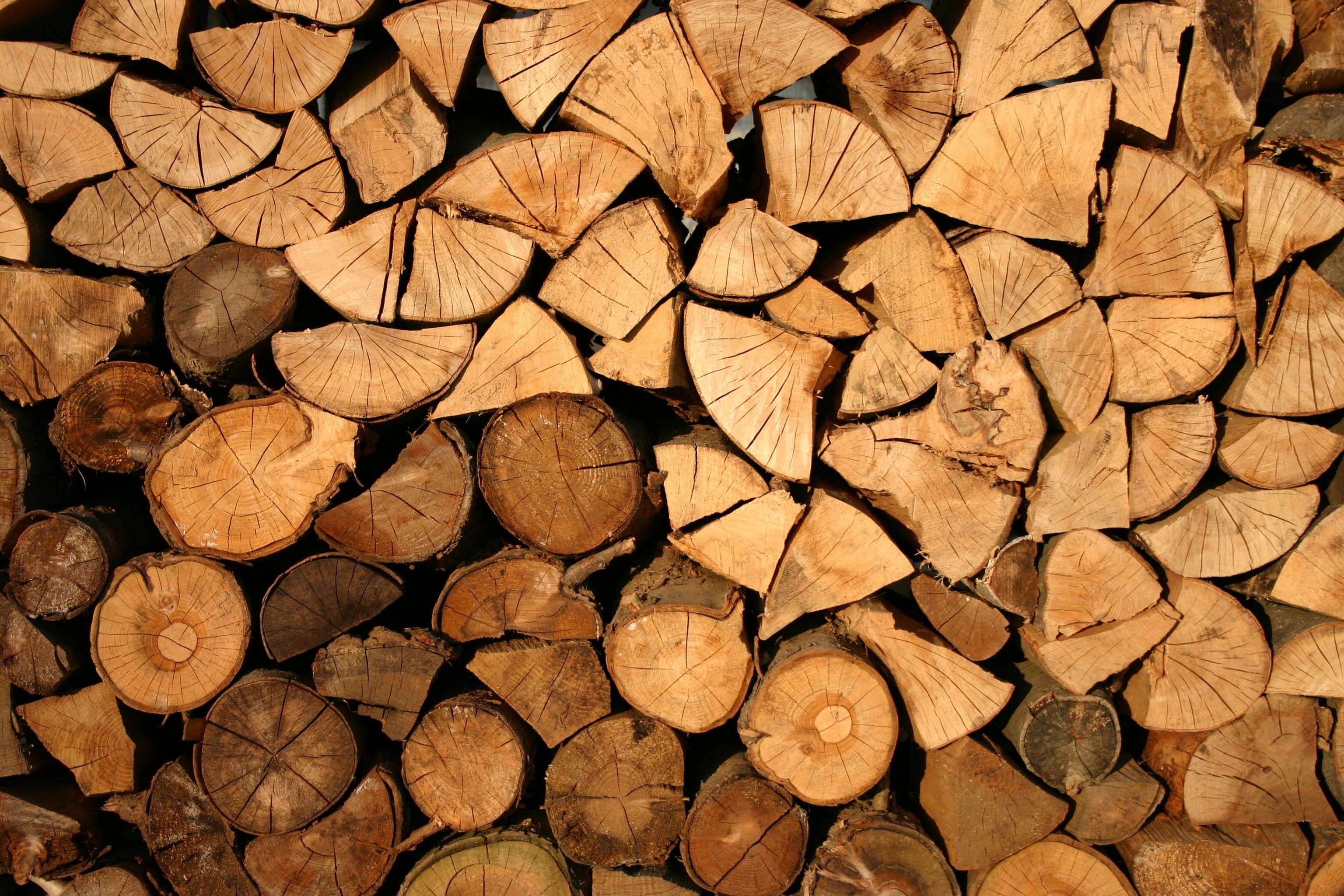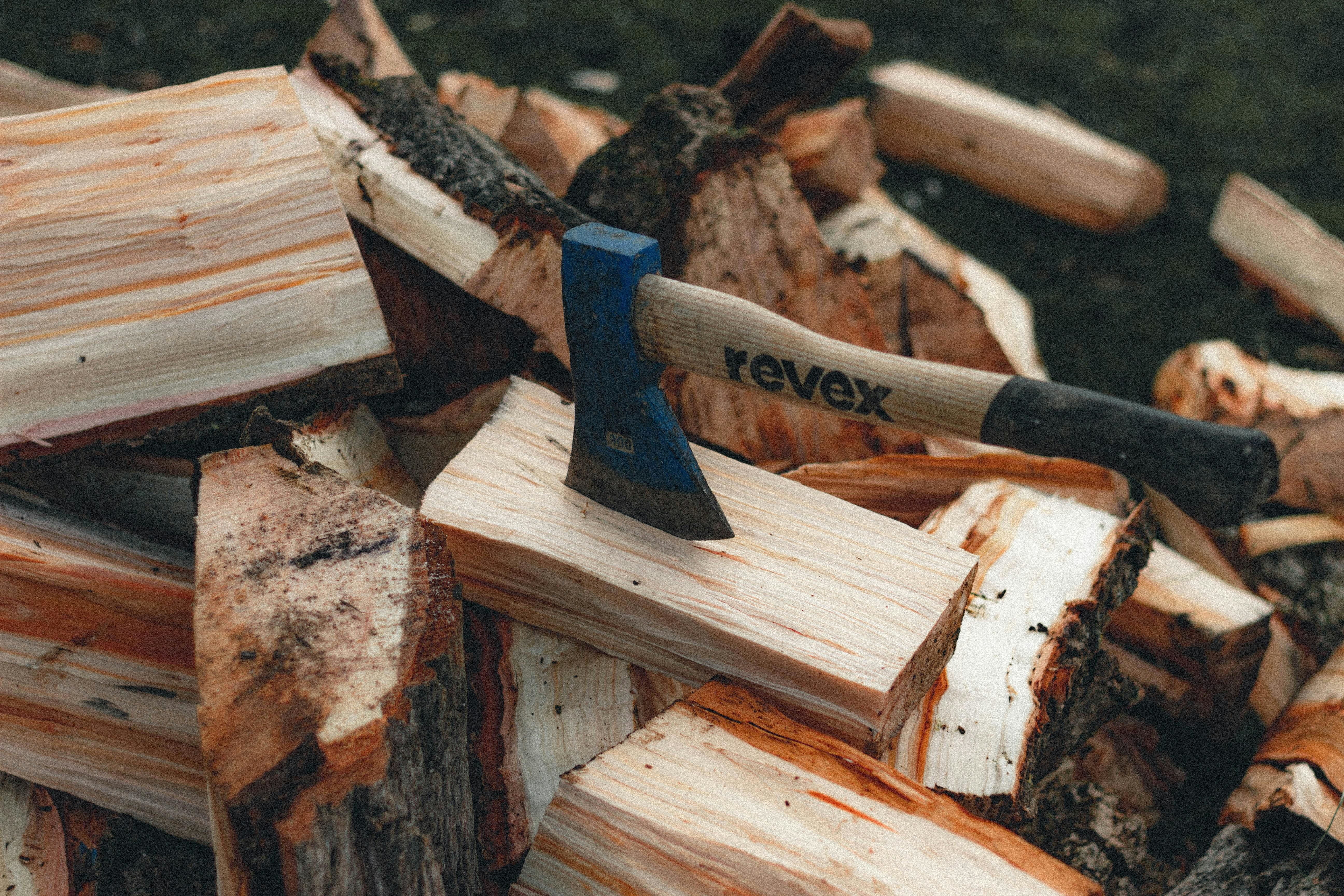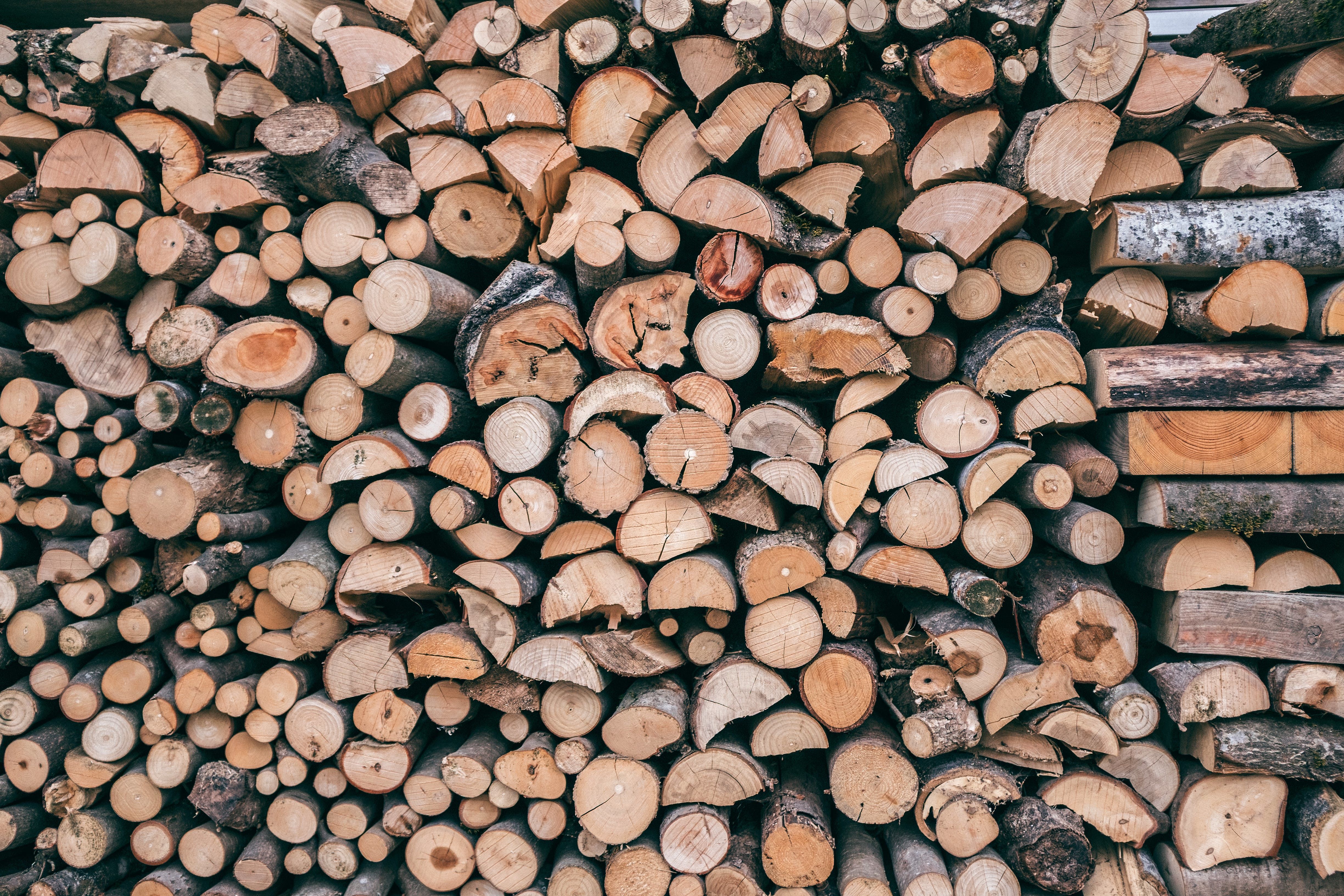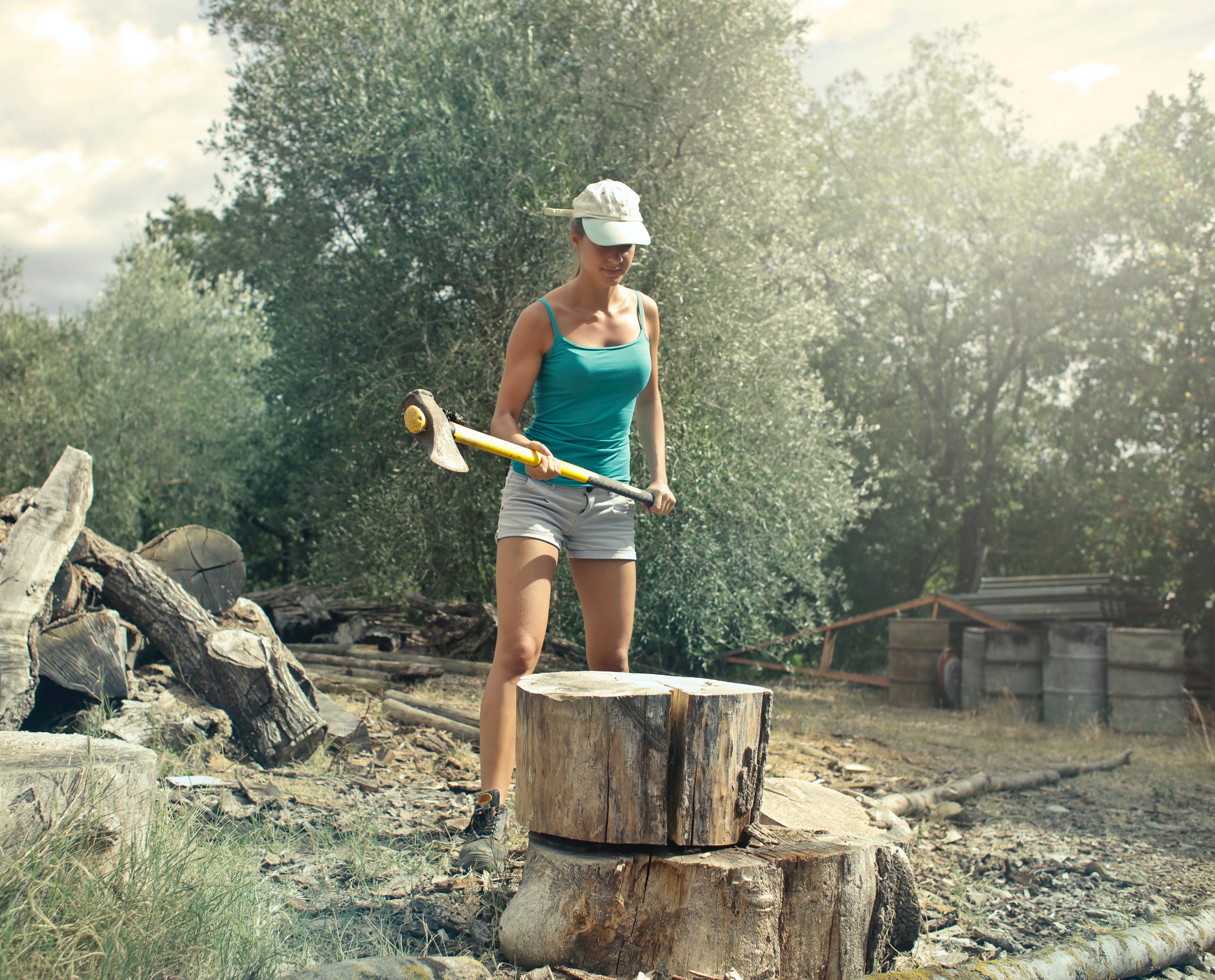Hi there, firewood aficionados! If you've ever wondered how to properly season firewood for optimal burning, then you're in the right place. Let's dive into the nitty-gritty of the seasoning process and learn how to make your firewood burn brighter, longer, and cleaner.
Understanding the Importance of Seasoning
First things first, why do we even need to season firewood? Well, fresh-cut wood, also known as green wood, contains a lot of moisture. When you burn it, much of the energy is wasted on evaporating the water instead of producing heat. Seasoned wood, on the other hand, burns efficiently, giving you a hotter, longer-lasting fire.

It's also better for the environment as it produces less smoke and creosote, a harmful residue that can build up in your chimney.
The Perfect Seasoning Time
So, how long should you season your firewood? Typically, six months to a year is the sweet spot. The exact time depends on the type of wood and the climate where you live. Hardwoods like oak or hickory need a longer seasoning time, while softer woods like pine or fir require less. Letting your wood dry out over the summer period in Tasmania will ensure it will be well seasoned up for a long cold winter.

Now, let's talk about where to store the wood while it's seasoning. The ideal spot is outdoors, off the ground, and in a sunny, well-ventilated area. Why should you do this? The Sun and wind are your best friends when it comes to drying out wood. Keeping the wood off the ground prevents it from absorbing moisture and protects it from pests.
When it comes to stacking a single-row, you should style it like your building a log cabin. This structure allows air to circulate around all sides of the wood, speeding up the drying process. And remember to stack the wood bark-side up. This helps shed rain and snow, keeping the wood dry.

Checking the Seasoning Process
After waiting roughly 3-6months, how can you tell if your firewood is ready? There are a few signs to look for! Seasoned wood is lighter, has cracks in the end grain, and sounds hollow when you knock two pieces together. You can also use a moisture meter for a more accurate reading. Ideally, seasoned wood should have a moisture content of less than 20%.

Now, why is Tasmania great for drying firewood? Tasmania, an island state that has a temperate maritime climate, which means it has mild and moist winters and warm, dry summers. The dry summer season is perfect for seasoning firewood.
The warm temperatures and low humidity help to evaporate the moisture from the wood more quickly. Additionally, Tasmania's strong winds, particularly in coastal areas, can also aid in the drying process. The winds help to wick away moisture from the wood, further speeding up the seasoning process. And let's not forget the abundant sources of firewood in Tasmania - from Blue Gum to Blackwood, there's a variety of native trees that make excellent firewood.
Contact Firewood Tasmania for your delivery of well seasoned firewood.